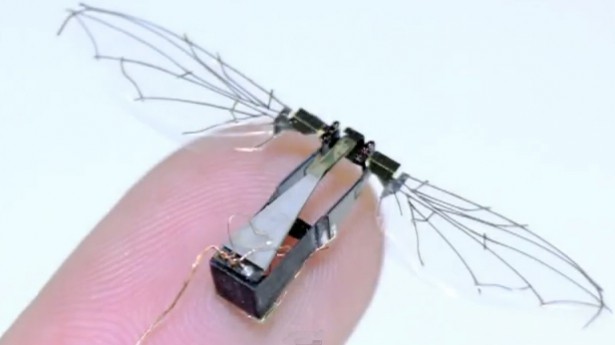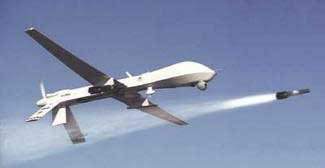Cry havoc and let slip the robots of war?
Stop killer robots now, UN asks: the UN special rapporteur on extrajudicial, summary or arbitrary executions Christof Heyns has delivered a report about Lethal Autonomous Robots arguing that there should be a moratorium on the development of autonomous killing machines, at least until we can figure out the ethical and legal issues. He notes that LARs raise far-reaching concerns about the protection of life during war and peace, including whether they can comply with humanitarian and human rights law, how to device legal accountability, and “because robots should not have the power of life and death over human beings.”
Many of these issues have been discussed on this blog and elsewhere, but it is a nice comprehensive review of a number of issues brought up by the new technology. And while the machines do not yet have fully autonomous capabilities the distance to them is chillingly short: dismissing the issue as science fiction is myopic, especially given the slowness of actually reaching legal agreements. However, does it make sense to say that robots should not have the power of life and death over human beings?


